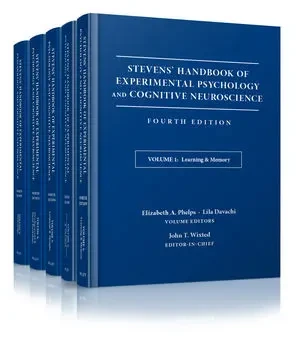
Set
Smartfox Books Code: PR90385
$3,120.00 NZD
Approx $1,875.46 USD
Approx $1,875.46 USD
Description:
Since the first edition was published in 1951, The Stevens' Handbook of Experimental Psychology has been recognized as the standard reference in the field. The most recent (3rd) edition of the handbook was published in 2004, and it was a success by any measure. But the field of experimental psychology has changed in dramatic ways since then. Throughout the first 3 editions of the handbook, the changes in the field were mainly quantitative in nature. That is, the size and scope of the field grew steadily from 1951 to 2004, a trend that was reflected in the growing size of the handbook itself: the 1-volume first edition (1951) was succeeded by a 2-volume second edition (1988) and then by a 4-volume third edition (2004). Since 2004, however, this still-growing field has also changed qualitatively in the sense that, in virtually every subdomain of experimental psychology, theories of the mind have evolved into theories of the brain. Research methods in experimental psychology have changed accordingly and now include not only venerable EEG recordings (long a staple of research in psycholinguistics) but also MEG, fMRI, TMS, and single-unit recording. The trend towards neuroscience is an absolutely dramatic, worldwide phenomenon that is unlikely to ever be reversed. Thus, the era of purely behavioral experimental psychology is already long gone, even though not everyone has noticed. Experimental psychology and "cognitive neuroscience" (an umbrella term that includes behavioral neuroscience, social neuroscience and developmental neuroscience) are now inextricably intertwined. Nearly every major psychology department in the country has
Since the first edition was published in 1951, The Stevens' Handbook of Experimental Psychology has been recognized as the standard reference in the field. The most recent (3rd) edition of the handbook was published in 2004, and it was a success by any measure. But the field of experimental psychology has changed in dramatic ways since then. Throughout the first 3 editions of the handbook, the changes in the field were mainly quantitative in nature. That is, the size and scope of the field grew steadily from 1951 to 2004, a trend that was reflected in the growing size of the handbook itself: the 1-volume first edition (1951) was succeeded by a 2-volume second edition (1988) and then by a 4-volume third edition (2004). Since 2004, however, this still-growing field has also changed qualitatively in the sense that, in virtually every subdomain of experimental psychology, theories of the mind have evolved into theories of the brain. Research methods in experimental psychology have changed accordingly and now include not only venerable EEG recordings (long a staple of research in psycholinguistics) but also MEG, fMRI, TMS, and single-unit recording. The trend towards neuroscience is an absolutely dramatic, worldwide phenomenon that is unlikely to ever be reversed. Thus, the era of purely behavioral experimental psychology is already long gone, even though not everyone has noticed. Experimental psychology and "cognitive neuroscience" (an umbrella term that includes behavioral neuroscience, social neuroscience and developmental neuroscience) are now inextricably intertwined. Nearly every major psychology department in the country has
The product may be provided by a different brand of comparable quality.
The actual product may vary slightly from the image shown.
Shop amazing plants at The Node – a top destination for plant lovers



.jpg)




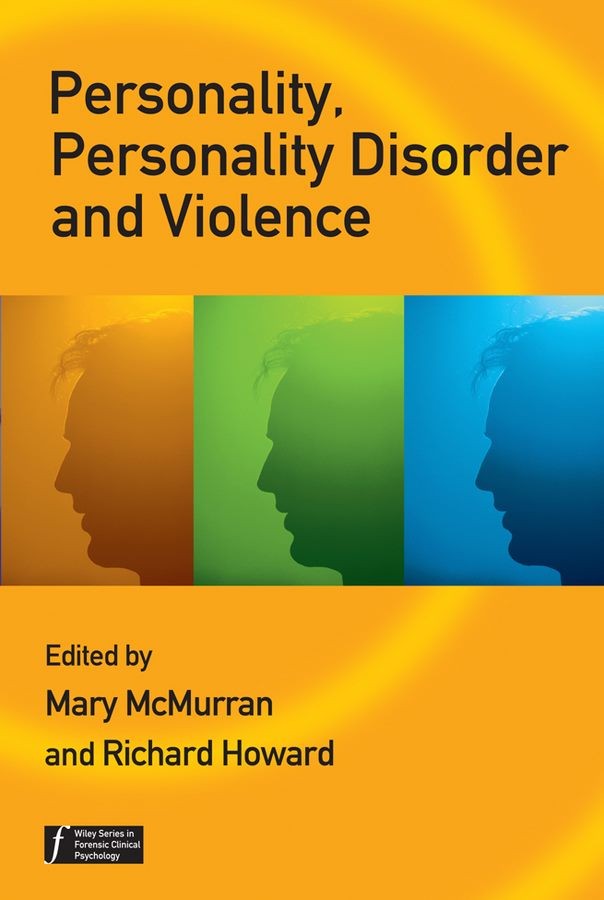



.jpg)








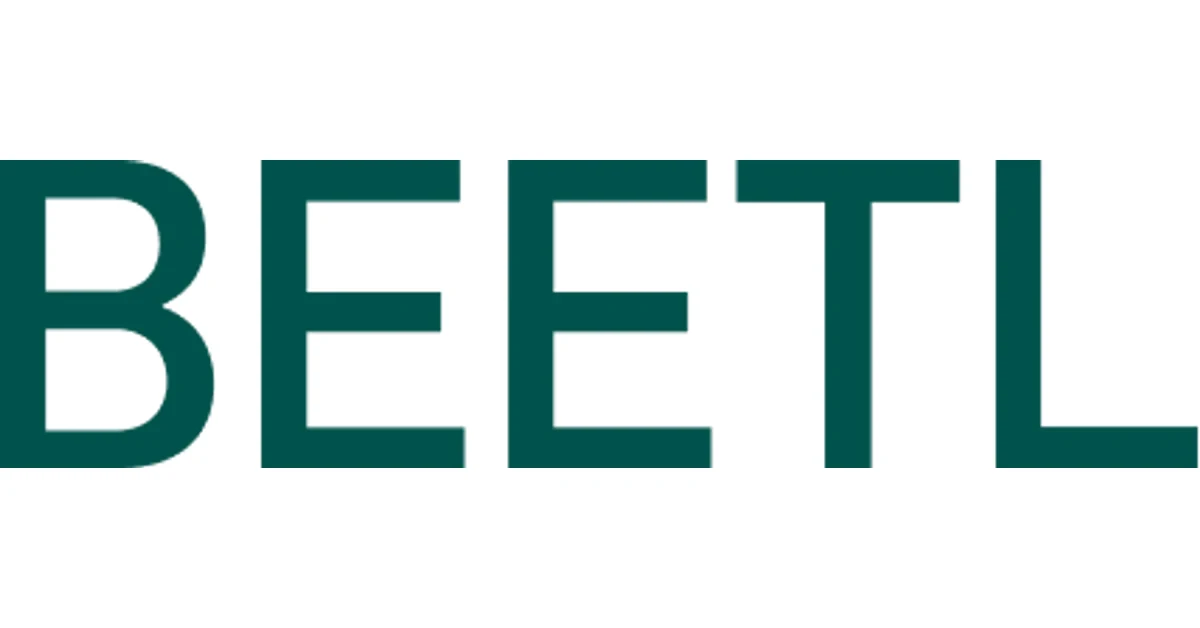
.jpg)





.jpeg)





.jpeg)



.jpeg)








.jpeg)



.jpeg)

.jpeg)
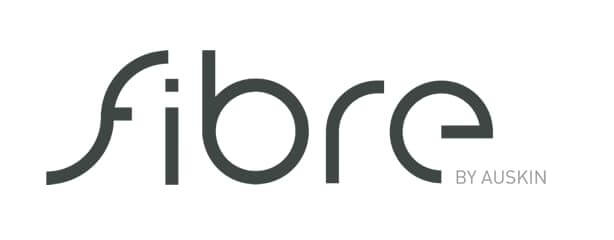
.jpeg)

.jpeg)
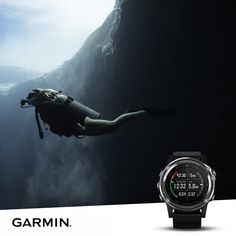



.jpeg)
.jpg)

.jpeg)






.jpeg)
.jpeg)




.jpeg)





.jpeg)


.jpeg)

.jpeg)

.jpeg)

.jpeg)


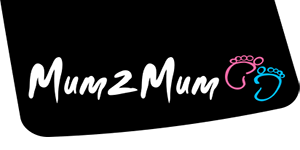




.jpeg)
.jpeg)
.jpeg)


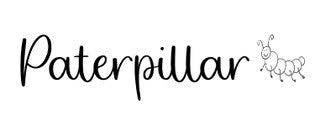


.jpeg)



.jpeg)


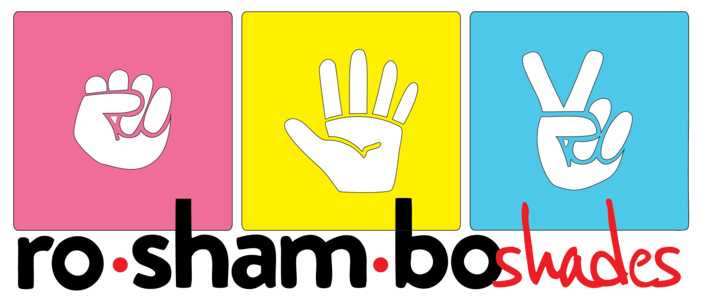



.jpg)
.jpeg)









.jpg)


ulva-Logo.jpg)




.jpeg)



.png)

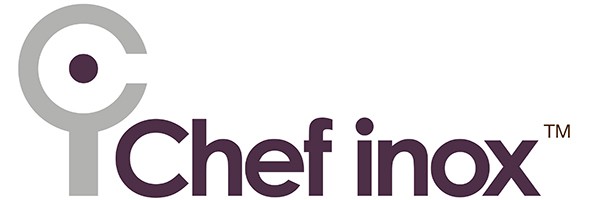











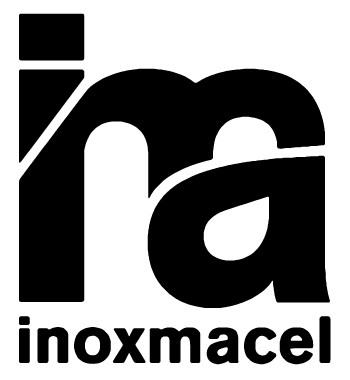

.png)
























